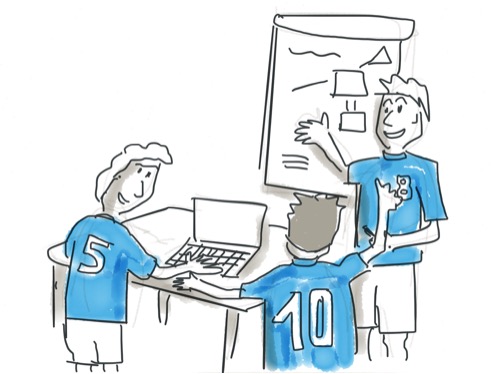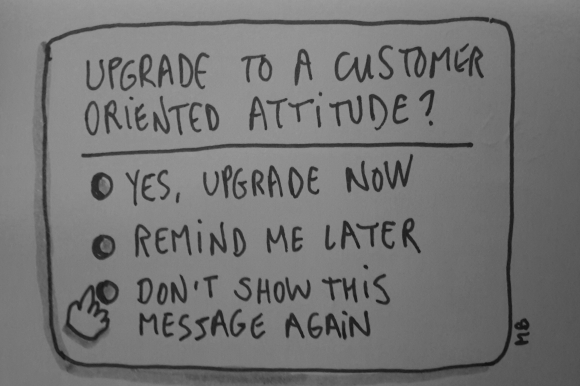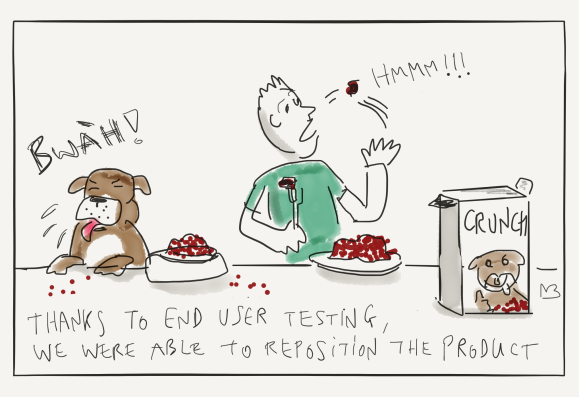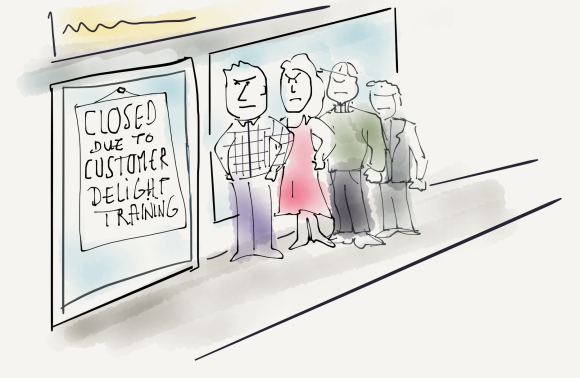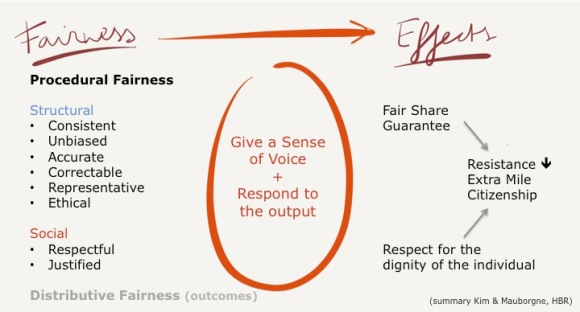When you work on a new innovation project, it’s not uncommon to compete for resources, budget, expert inputs and leaders’ attention and decisions. The questions, challenges and resistance you encounter are often related to decision makers not seeing what your project will do different from other projects and, hence, why they should invest in it.
The natural reaction: everyone defends his/her own project business case.
However …
It is better to do the opposite and to draw other projects in the equation. Think about how your project behaves in-context of the entire “project ecosystem”. Consider the value exhanges, the GIVES and TAKES in relation to other projects and initiatives.
How does this ecosystem approach work?
If I look back on recent and current projects I managed myself or on which I coached others, this is the approach:
First, change the perspective from what you build (functionalities) to what you solve for the client, described clearly from the client’s perspective.
Consider that to be the guiding star.
Then take 3 steps:
- On a project level: position your project vs. other projects and map what every project contributes to the client. How can you build on other project’s results? What is the best way to respect and to use existing assets? What inputs do you provide to other projects?
- On a people level: seek to understand the people behind the assets. Anticipate what value our project can bring to them: more customers, specific insights, a new product or service than can be sold, a significantly better customer experience, a tool simplifying or improving their work, being able to test a new way of working (pioneering!) …
Thinking in terms of those gives and takes is important as innovation projects are transversal by nature and you need to convene different departments to collaborate with you without having any hierarchical authority over them. - Once you have got these contributions and value exchanges lined out, build a simple storyline (takes more time that a complex storyline), clarifying what you do but mainly confirming the (new) behaviors on team / individual level. This is where the solution is translated into individual roles.

Why did this approach bring traction?
Treating a project in-context with an ecosystems approach is at the interchange of 3 crucial leverages in innovation management: “strategic, political and cultural lenses on innovation,” as MIT’s refers to them in its “Corporate Ecosystems” course.
In brief, strategic stands for: a rational take on what the organization is built for ; the results the machine should deliver. The political lens considers the passions, sensitivities and influence lines that make an organization move forward. The cultural lens helps us connect with the norms and values of the organization and unite around actions we want to become the new routines.
So this approach helps individual project leaders navigate their project through an ecosystem.
Does it also work top-down, when managing or reprioritizing a project portfolio or roadmap.
Yes.
We can dedicate multiple posts to this, but basically, you can structure your entire portfolio as described in the example. Map existing projects and possibly add new ones, while reflecting on the following questions:
- For every project: what will be the value contribution? A good way to make concrete is by applying Agile Scrum’s “user story vocabulary”. For example: (our project A) will make sure that (target group) can (functionality) so that (result, value for them), whereas (difference with the way it works today).
- How does it fit in the roadmap or the “critical path” ; what are the GIVES and TAKES that will move the teams?
- When the portfolio is mapped, think of the best way to show and tell the teams the big picture and how their work fits in.
The result:
- You are able to make clear choices and plan delivery timings based on what matters most: value contributions to the end client.
- You best way to allocate which resources where and, avoiding fragmentation of efforts and working on the same thing in different corners of the organization.
- You have an overview that enables you to tell a story from strategy to specific project, incl. what you expect from team members.
#ecosystems #innovation #givesandtakes


